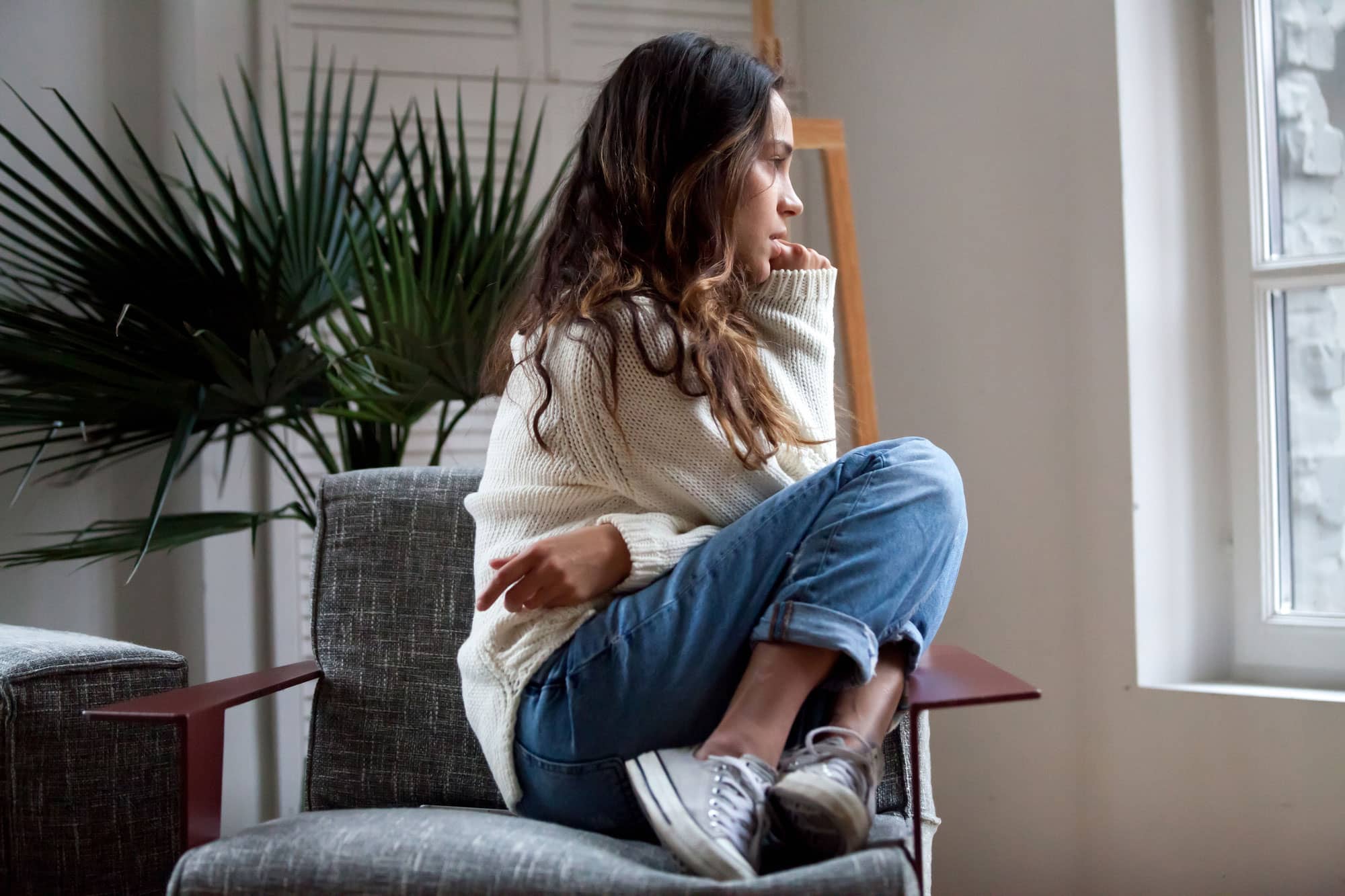Falling and staying asleep can be difficult as there are nearly three million cases in the United States of people suffering from insomnia. Though it can’t be cured, there are medications meant to help alleviate those afflicted with insomnia – Lunesta being one of them.
With such a high potential for abuse, Lunesta addiction is a problem. Being such a powerful sleep aid meant only as a short-term solution, Lunesta brings about serious consequences to those who use the drug for extended periods of time.
Lunesta Addiction Statistics
Lunesta, or eszopiclone, has been prescribed to over 31 million times since its introduction in 2004. There are 21 million Americans who’ve admitted to abusing sleep aid medications, such as Lunesta, at least once in their lives.
Lunesta is a non-benzodiazepine drug, which affects the central nervous system to induce drowsiness. Non-benzodiazepine drugs work in much the same way as benzodiazepines, such as Xanax, though are classified as less habit-forming and have fewer side effects.
General Stats on Addiction to Lunesta
Since Lunesta is a non-benzodiazepine, it affects the central nervous system, which can increase an inhibitory neurotransmitter known as GABA or gamma-aminobutyric acid. GABA works to decrease anxiety and stress to help you fall asleep.

Users with insomnia may suffer from a chemical imbalance of GABA, which can be rectified with short-term use of Lunesta. Long-term use or increased dosages can worsen the chemical imbalance of GABA, creating a dependency on Lunesta.
Quitting Lunesta brings about withdrawal symptoms. With the brain unable to produce enough GABA, users will begin to feel:
- Their insomnia returning
- Fatigue
- Decreased energy levels
- Anxiety
- Depression
- Headaches
- Stomach cramps or pain
- Nausea and/or vomiting
- Sweating
- Tremors
- Short-term memory impairment
- Difficulties concentrating
- Vivid and strange dreams
- Mood swings
Demographics
Over 70 million Americas suffer from some sort of sleeping disorder, making Lunesta one of the most popular drugs in American Pharmaceuticals. Insomnia can affect anyone, but people between the ages of 19 to over 60 are most likely affected.
Due to how common sleep disorders are, Lunesta maintained its popularity years after hitting the market.
Signs of Lunesta Abuse
The warning signs of abusing Lunesta can be tough to spot. Taking Lunesta may cause the user to feel or look drowsy, groggy, or fatigued. However, because of these are also the effects of sleep disorders, spotting Lunesta abuse is difficult to catch on time.
If you know someone who is taking Lunesta, these are the signs of drug abuse:
- Continuing to use the drug long after the expiration date
- Craving the drug
- Using the drug for purposes outside its intended use
- A built-up tolerance to the effects of the drug
- Behavioral changes
- Moving from doctor to doctor to get new prescriptions
- Taking it every day
- Changes in their hygiene
- Mixing with other drugs
Lunesta is meant to be a short-term solution for a short-term problem; use of the drug every day is cause for concern. For those who stop taking Lunesta and begin to show signs of withdrawal, which can manifest in anxiety or insomnia.
Due to these symptoms, breaking a habit of Lunesta can be extremely difficult.
Am I Addicted?
You might be using Lunesta as part of your nightly schedule to qualm your sleep disorder or insomnia. However, use of the drug outside it’s intended purpose and dosage, or use outside the intended doctor prescribed schedule is considered abuse. Take a step back and look to see if your exhibit some of these abusive behaviors:
- Crushing the drug and snorting it
- Taking more than prescribed (increasing dosage)
- Using Lunesta for longer than prescribed to do so
You may feel incentivized to prolong use of Lunesta because it provides a deep, uninterrupted sleep, which results in improved cognitive function the next day.
Introducing alcohol into a Lunesta regime can exacerbate Lunesta’s side-effects including dizziness, drowsiness, impaired judgment, and difficulty concentrating. Binge drinking may even cause difficulty breathing and your blood pressure to decrease. Risk of an overdose increases exponentially when mixed, which can be fatal.
If you find yourself overusing Lunesta, snorting the drug to feel the potency of its effects, or taking it with alcohol, we have counselors available to guide you to sobriety.
Dangers of Lunesta Abuse
Due to how much the user takes, the effects of an overdose on Lunesta may vary. Users experiencing an overdose may exhibit one or more of the following symptoms:
- Extreme drowsiness
- Difficulty breathing
- Passing out
- Slipping into a coma
The dangers grow exponentially with mixing Lunesta with other drugs, or polydrug use. Not many realize just how dangerous polydrug use can be but taking Lunesta with other sleep medications can bring about adverse side-effects, such as:
- Sore throat
- Leaving a bad taste in the user’s mouth
- Stuffy nose
- Headaches
- Drowsiness during daytime hours
- Sneezing
In a controlled environment, withdrawal from the drug is safe and users can be managed until treatment begins. Withdrawal intensity varies on the drug use of the user.
Increased dosages and longer periods of use may increase the intensity as well as the duration of withdrawal.
Because of how taxing withdrawal is on a user’s physical and emotional state, quitting Lunesta abruptly is not recommended. Instead, waning the user off of the drug is highly encouraged but should be done with medical supervision.
With a half-life of about six hours, users may begin to feel withdrawal symptoms twelve hours after their last dose.
If you or someone you love is exhibiting symptoms of Lunesta addiction and abuse, the first step to getting help is admitting there is a problem. Next, you should get an understanding of what your insurance company will cover should you seriously consider treatment programs.
Once sorted out, learn more about our various levels of addiction treatment to determine which program is best.

